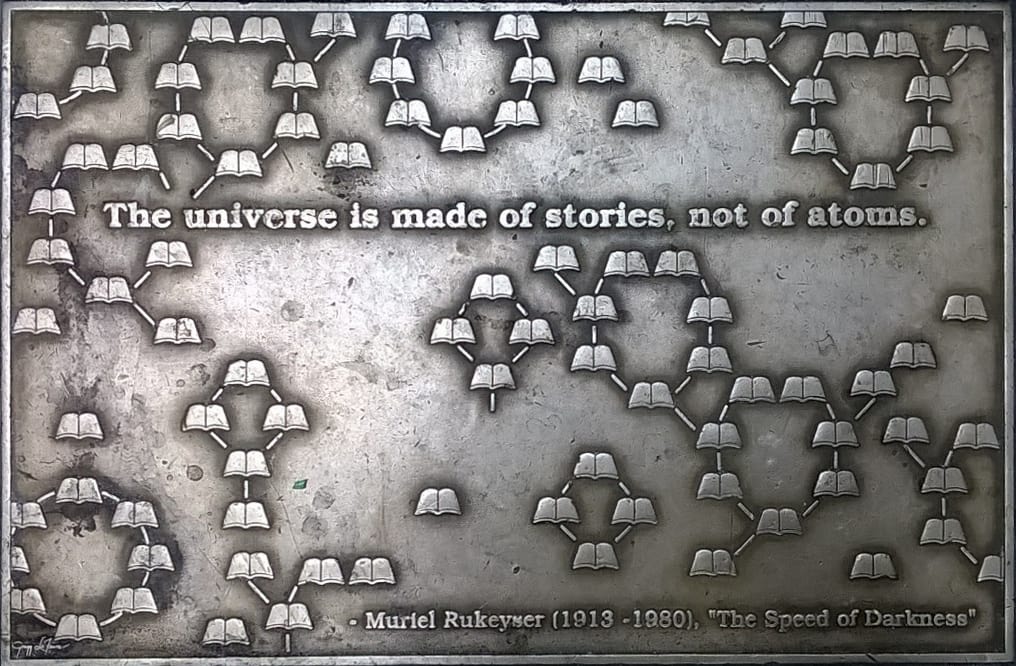
Cultural narratives play a fundamental role in shaping how we perceive and understand history. They are the stories, ideas, customs, and symbols that define a community’s identity, and they influence how historical events are interpreted and remembered. Understanding the impact of these narratives is crucial in recognizing their significance in education, collective memory, and cultural identity.
Defining Cultural Narratives
Cultural narratives represent the shared stories that bind members of a community together. These narratives are essential for establishing a community’s identity and helping individuals situate themselves within the temporal framework of their history, whether through familial, community, or national storytelling. By articulating a continuous temporal experience from the past to the present, cultural narratives allow groups to maintain a sense of identity and continuity over time[3][7].
The Role of Historical Narratives in Shaping Identity
These narratives are not merely recollections of past events; they serve as vital tools in defining the identities of individuals and groups. For instance, the history shared within families can connect younger generations to their ancestors, providing context about struggles, values, and achievements. This intergenerational sharing helps to create a sense of belonging and continuity, as it links personal histories to broader cultural stories[1][2].
Moreover, cultural narratives often reflect and reinforce societal values and beliefs, guiding how individuals perceive their roles in society and how they relate to one another. They give people a framework for understanding their place in the world, influencing behaviors and actions based on historical context. As such, they form an important aspect of historical consciousness[7].
Historical Understanding as a Collective Memory
The transmission of cultural narratives across generations contributes significantly to collective memory. This collective memory shapes how societies remember their past, what is celebrated or condemned, and which stories are preserved or forgotten. For example, differing interpretations of significant events like the Civil War can illuminate how dominant narratives overshadow or neglect the perspectives of marginalized groups, leading to an incomplete understanding of history[4][8].
Various cultures remember historical events in ways that reflect their values and priorities. For instance, a nation might celebrate its war victories while simultaneously sidelining the stories of those who suffered due to the consequences of these wars. This selective remembering can shape public consciousness and influence contemporary societal attitudes and policies[4][6]. Understanding these dynamics reveals the complexities involved in interpreting history, emphasizing the need for inclusive narratives that acknowledge multiple perspectives.
Memory and Cultural Narratives
Memory is inherently subjective and shaped by cultural narratives, which can lead to interpretations that may distort or simplify historical facts. Different communities may remember the same event differently based on the narratives that have been passed down, often leading to conflict in understanding[5][7]. For instance, the varied perceptions of events surrounding colonialism highlight how cultural narratives can shape collective memory, influencing contemporary discussions about equity and justice[6][7].
The Educational Aspect of Historical Narratives
In education, the way history is taught influences how cultural narratives are perceived. Traditional approaches often emphasize memorization of dates and events, which can lead to simplistic narratives that fail to capture the complexities of historical experience. Young learners might simplify historical narratives into a series of disconnected events, failing to appreciate the interrelatedness of these events over time[3][7].
To foster a deeper understanding of history, educators are encouraged to challenge students’ simplified narratives and engage them in exploring the nuances of historical events and figures. By encouraging students to reflect on their own historical narratives, educators can help them develop a more critical and comprehensive view of history that respects diverse perspectives and experiences[8][9].
Bridging Cultural Gaps Through Narratives
Moreover, narratives can bridge cultural gaps, fostering empathy and understanding in increasingly multicultural societies. For instance, telling the stories of different groups can illuminate shared experiences and struggles, which can build a sense of community and reduce prejudice. Recognizing the multiplicity of historical narratives and encouraging discussions around them enhances intercultural understanding, which is essential for social cohesion and peace[4][8].
The Challenges of Cultural Narratives
Cultural narratives are not static; they evolve continuously as societies change. As new stories are added and old ones are re-evaluated, the narratives that shape our understanding of history can be contested. This is especially relevant in contexts where power dynamics shift, revealing biases in historical accounts that historically privileged certain perspectives over others[6][9].
Critical engagement with cultural narratives allows for a more nuanced understanding of history, where students and citizens can grapple with the complexities that come from diverse historical experiences. By acknowledging biases and actively seeking out marginalized stories, societies can work towards a more equitable representation of the past[5][7].
Conclusion

Cultural narratives significantly shape our understanding of history, influencing personal identities, collective memories, and educational frameworks. They are essential for constructing meaning from the past and guiding future actions. Recognizing these narratives is crucial in fostering a more inclusive and nuanced understanding of history that acknowledges the multifaceted nature of human experience. This approach not only enhances historical literacy but is vital for building a more empathetic and interconnected society.
Get more accurate answers with Super Pandi, upload files, personalized discovery feed, save searches and contribute to the PandiPedia.
Let's look at alternatives:
- Modify the query.
- Start a new thread.
- Remove sources (if manually added).